History and Geography
Nukini History
Throughout the 19th century, the Nukini, who would later be known as the Remo, were located east of the Ucayali, near the Canchahuaya hills.
At the beginning of the 20th century, references to the Remo are found in the upper Juruá Mirim region, on the upper Tapiche River.
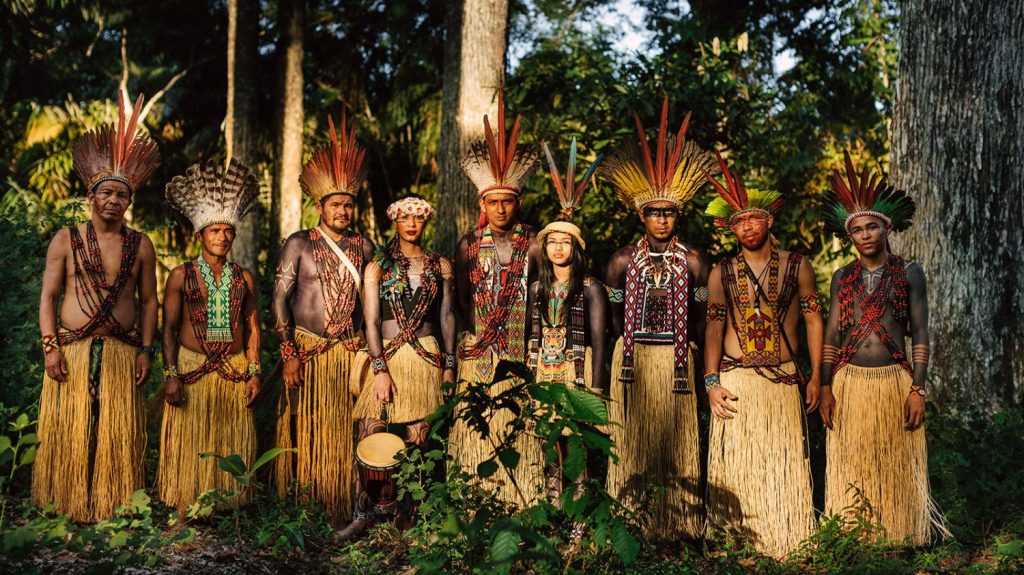
In Peru, they were used as a form of payment for a rubber tapper’s debt. Without delay, the Nukini fled Peru and returned to their village in the Gilbratar rubber plantation, located in Brazil.
This was a time of great conflict for the Nukini. Their “friendship” with the rubber tappers, for whom they were merely labor in a dangerous and unfamiliar territory, was a source of conflict. The rubber tappers’ desire to “civilize” the Nukini, who did not fully accept Brazilian or Peruvian culture (depending on which side of the border they were on), was a culture focused on extractivism and economic values.
Even until the mid-20th century, the Nukini continued to be located in the Môa River region, as can be read in the accounts of various travelers. Oppenheim, for example, refers to them as located on the border with Peru, in the basin of a tributary of the upper Moa River:
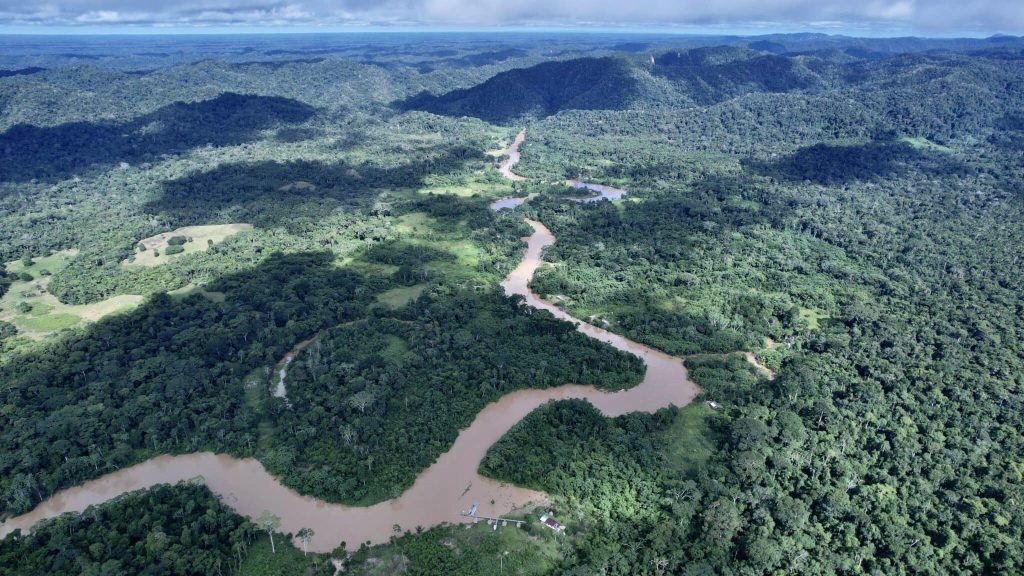
Moa River
We found a group of about ten families from this tribe in the border area with Peru, at the headwaters of the Ramon, a tributary of the Môa River. A few years ago, these Indians were part of a large tribe that inhabited another tributary of the Môa River, which we call the Paraná of the Republic (Oppenheim, 1936).
The Nukini survived epidemic fevers and also the expansion of rubber exploitation. Throughout the first decades of the 20th century, they were incorporated into the rubber industry and have remained in the Môa River region to this day. For decades, they worked with the rubber tappers, only receiving official recognition of their lands in late 1970, and they remained in this area even after rubber exploitation had ended.
The official demarcation of the Nukini Indigenous Land began in 1977. On that occasion, based on a report by anthropologist Delvair Montagner, its area was estimated at 23,000 hectares.
Subsequently, in 1984, a group coordinated by anthropologist José Carlos Levinho was appointed to conduct a study of the territory with the goal of defining the “Indigenous Area.” In their report, they presented a proposed area for the Nukini Indigenous Land, covering approximately 30,900 hectares.
Since then, their territory has been demarcated and protected. However, starting in 2000, the Nukini began to challenge the northern and western boundaries of their land, claiming a portion of the Sierra del Divisor National Park.
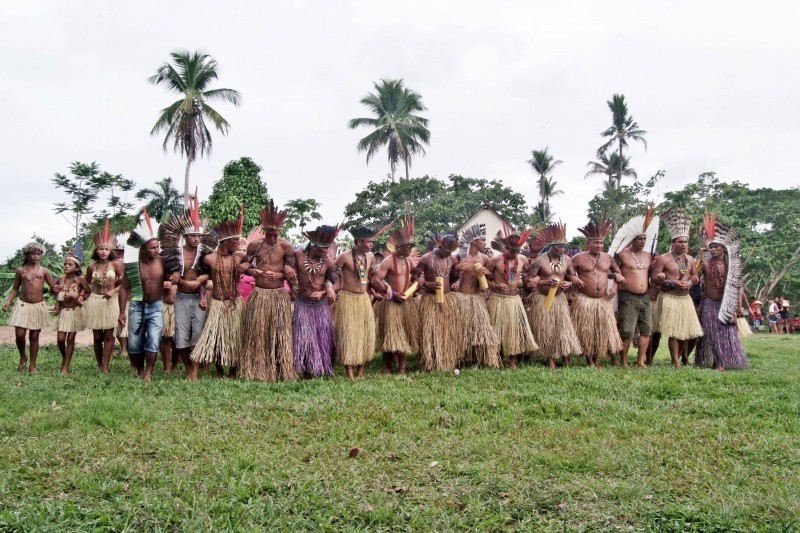
The Nukini and the Remo
Are the “Nucuinis” of the Paraná de la República and Alto Igarapé Ramón not from the same tribe as the Indians who settled on the banks of the Jaquirana River? Or are they another tribe discovered by ancient explorers, called the “Rhemus,” now extinct or absorbed by the current “Nucuinis”?
Braulino de Carvalho, of the Boundary Commission, found some families of Remo Indians on the right bank of the Jaquirana River who called themselves “Nucuinis,” which leads anthropologists to believe that they are the same tribe, the Nukini, who have adopted different names throughout history, either as a self-designation or because this was the nickname given to them for a time by the rubber tappers.
Geography
The Nukini Indigenous Land is located in Acre, at the southwestern tip of the Brazilian Amazon, and is part of one of the most important mosaics of protected areas in Brazil.
Most Nukini families live along the Timbaúba, Meia Dúzia, República, and Capanawa streams, and on the left bank of the Môa River.
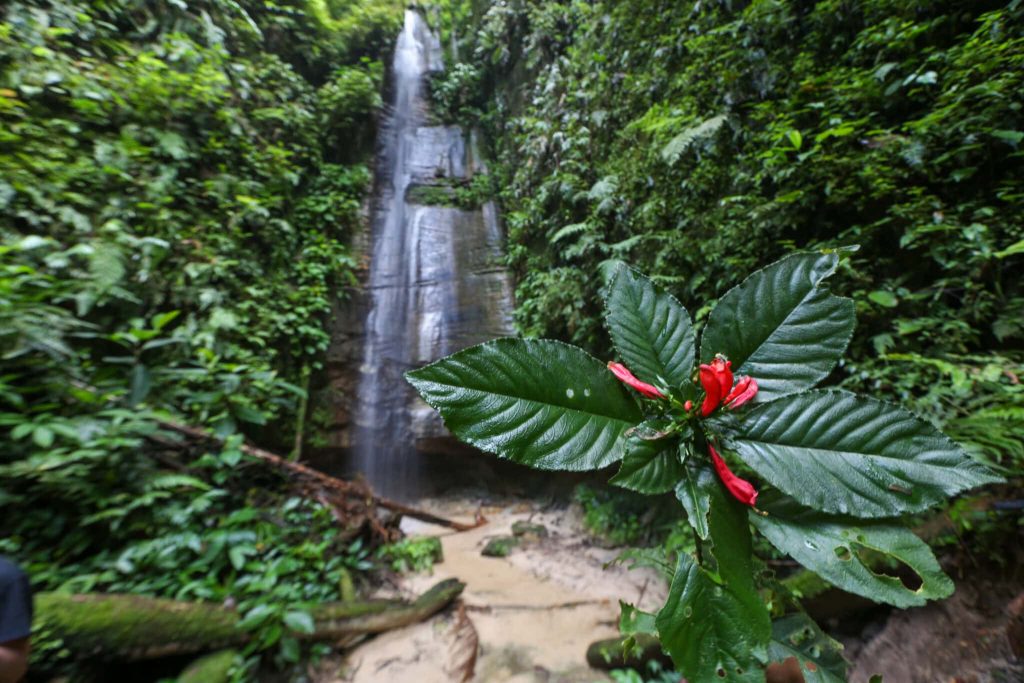
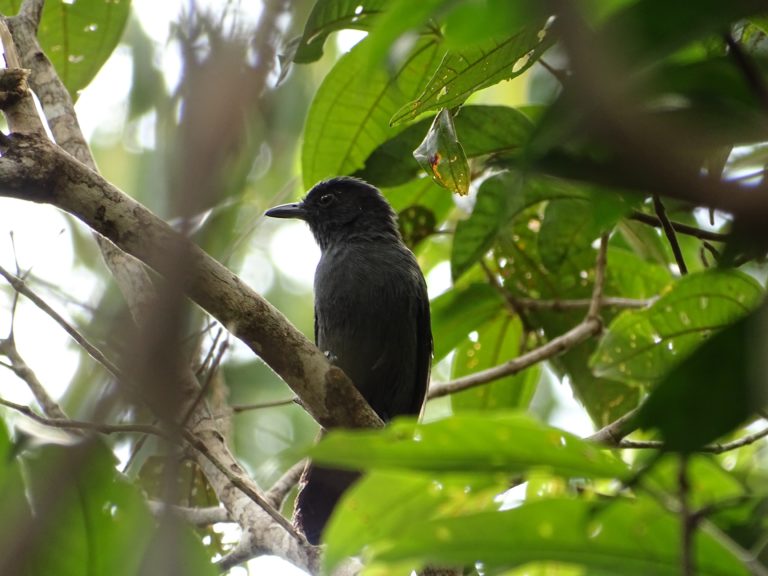
The Choca do Acre, a rare bird species discovered in 2004, lives in the Sierra do Divisor National Park.
The state shares international borders with Peru and Bolivia, and national borders with the states of Amazonas and Rondônia. In the far west, lies the highest point in the state, where the relief structure is modified by the presence of the Serra do Divisor, a branch of the Peruvian Sierra de Contamana, with a maximum altitude of 600 m.
The biodiversity value of the Serra do Divisor National Park (PNSD) is among the highest so far found in the Brazilian Amazon. This biological diversity has been utilized and conserved for centuries by the area’s resident population, including the Nukini, whose lands harbor a large portion of the biodiversity.
Acre’s soils harbor natural vegetation composed of dense tropical forest and open tropical forest, characterized by their floristic heterogeneity. The climate is hot and humid equatorial, marked by high temperatures, high precipitation, and high relative humidity. The hydrography of Acre is formed by the Juruá and Purus basins, tributaries of the right bank of the Solimões River.
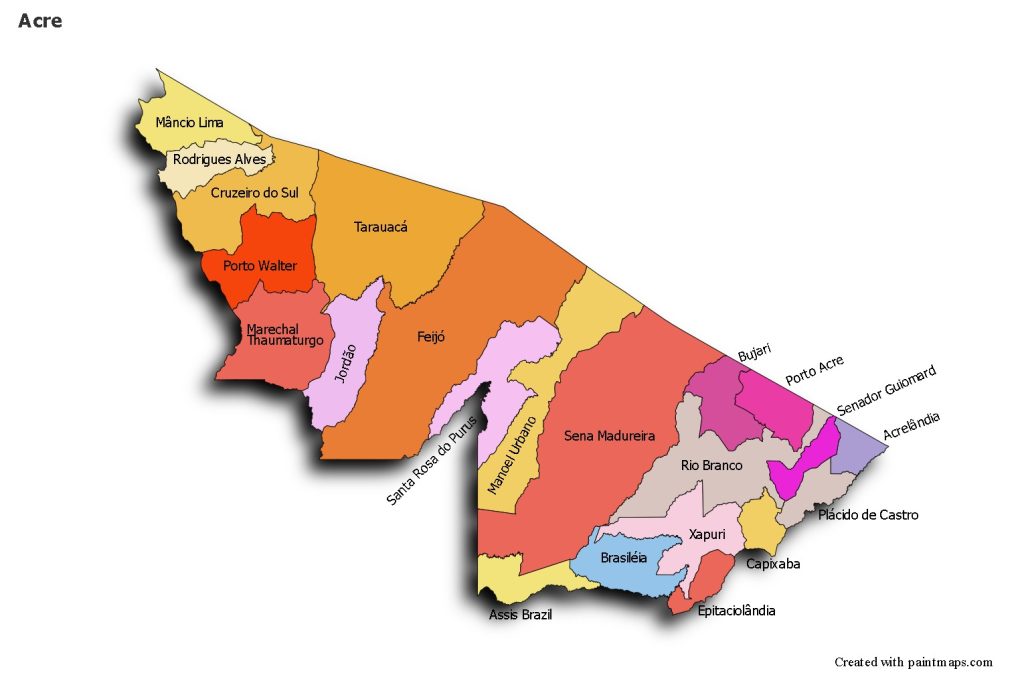
The Juruá River basin covers approximately 250,000 km². The total length of the Juruá River is 3,280 km², with a vertical drop of 410 meters. It originates in Peru at an altitude of 453 meters as the Paxiúba, and later joins the Salambô River. From then on, it is called Juruá, which flows through the northwestern part of the state of Acre do Sul towards the north, then enters the state of Amazonas and finally flows into the Solimões River.
This Amazonian area has an environmental diversity that is considered one of the most important in the Brazilian Amazon. Therefore, it is of utmost importance that Indigenous peoples, whose most basic principles include environmental conservation, can defend their lands from loggers, ranchers, and extractive companies with economic and commercial priorities.
